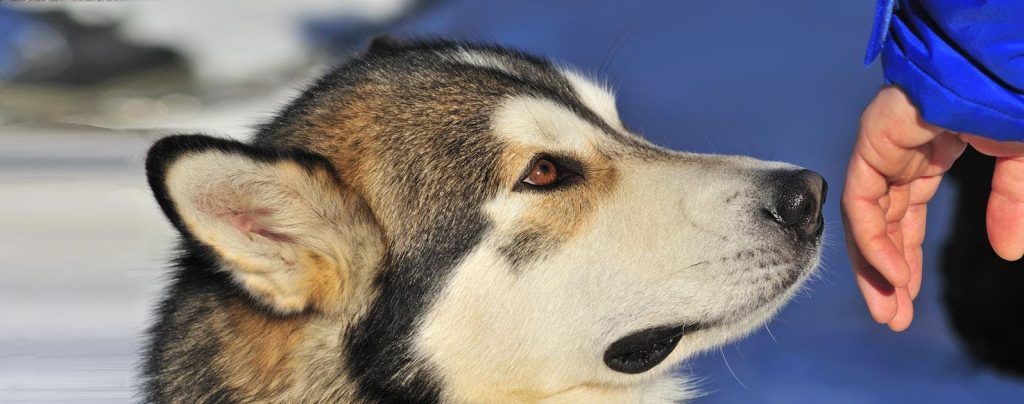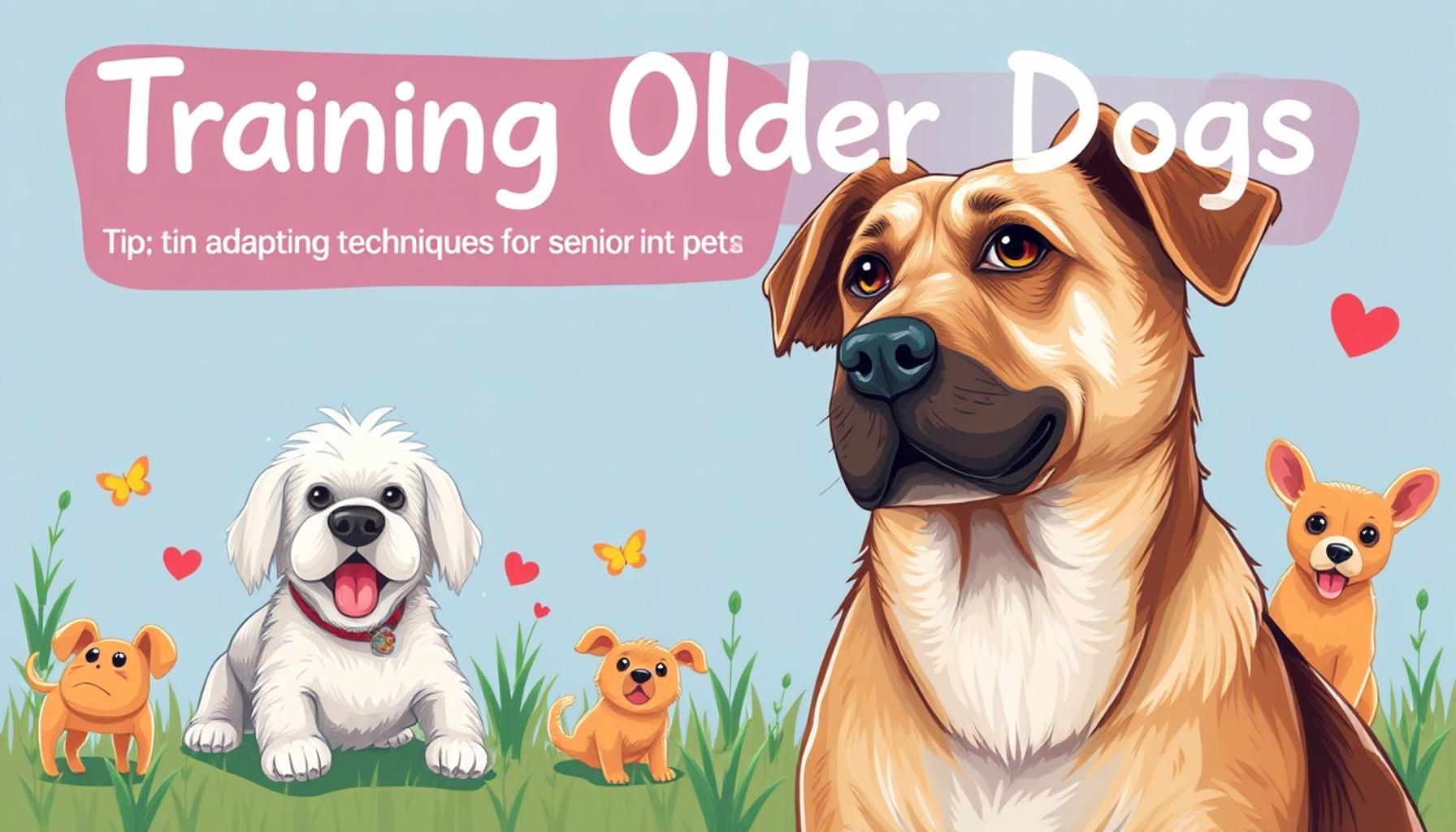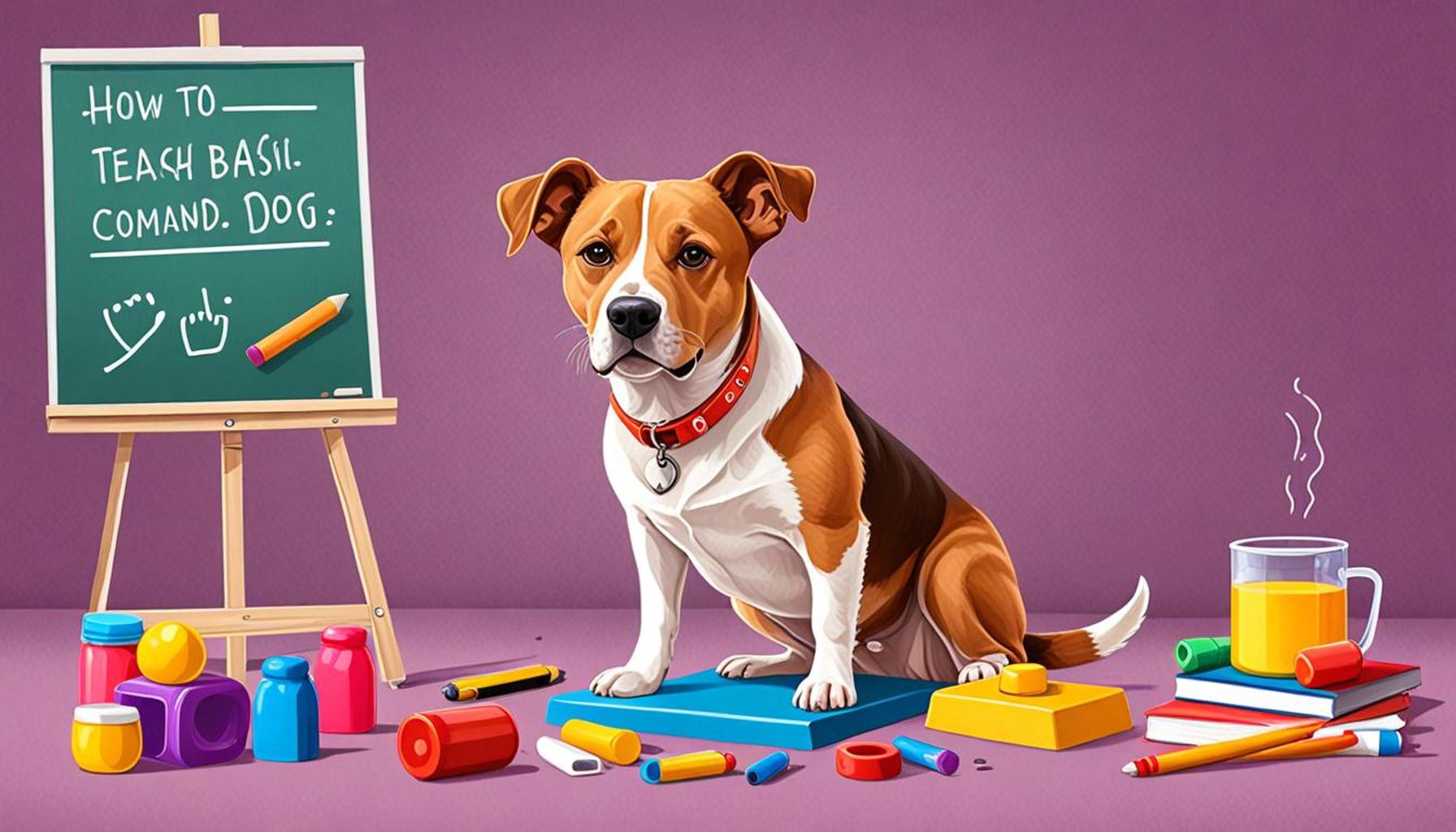Utilizing Scent Work to Enhance Your Pet’s Training Experience

The Fascinating World of Canine Scent Work
Dogs are remarkable creatures, and their extraordinary sense of smell is a testament to that. With over 300 million olfactory receptors in their noses—compared to a mere 6 million in humans—dogs can detect scents at incredibly low concentrations. This incredible ability can be creatively channeled into training and activities that not only challenge them but also nurture the bond between pets and their owners.
Incorporating scent work into your dog’s routine offers various benefits that extend beyond mere entertainment. This engaging activity allows dogs to tap into their natural instincts, resulting in a wide range of positive outcomes.
- Boosts Confidence: Engaging in scent work can significantly enhance your dog’s self-esteem. Successfully locating hidden treats or toys can provide a sense of accomplishment, especially for shy or anxious dogs who may struggle with confidence in traditional training settings.
- Enhances Focus: The structured nature of scent tasks requires concentration, which can help distract dogs from surrounding distractions. This can be particularly beneficial in stimulating environments, allowing your dog to channel their energy toward a productive and rewarding task.
- Mental Stimulation: Scent work serves as an excellent source of mental stimulation, offering an enriching outlet for your pet’s brain. Engaging their senses in a focused manner inhibits unwanted behaviors that often arise from boredom, such as excessive barking or chewing.
Moreover, scent work can be adapted to cater to various training needs and settings. For instance:
- You can use tracking exercises to teach basic commands like sit, stay, or come, which strengthens their comprehension and responsiveness during training sessions.
- For dogs exhibiting behavioral issues, redirecting their energy into scent work can serve as a productive outlet, helping to alleviate anxiety and restlessness.
- As they become proficient in identifying scents, you can prepare your dog for advanced skill sets, such as agility training or even service work, making them valuable companions in various roles.
In the United States, many professional dog trainers and behaviorists are integrating scent work into their programs. Not only does this approach support traditional obedience training, but it also fosters a deeper connection between pets and their owners through shared experiences. Engaging your dog in scent work can lead to enhanced communication, understanding, and joy in your relationship.
As you explore the exciting world of scent work, you’ll discover invaluable tips and practical exercises tailored for your unique pet. From simple hide-and-seek games involving treats to complex scent tracking trails, the opportunities are endless. Prepare to unlock your pet’s potential and embark on a new training journey that enriches both their lives and yours!

LEARN MORE: Click here for essential pet adoption tips
Understanding Scent Work Fundamentals
Before diving into the exhilarating world of scent work, it’s essential to understand the basics of this training approach. Scent work is grounded in a dog’s natural instincts to sniff and explore their environment. By utilizing their acute sense of smell, pet owners can create interactive and rewarding experiences that enhance obedience and communication.
Scent work training typically involves teaching dogs to identify and locate specific scents, often paired with levels of difficulty that can be gradually increased. This process not only strengthens the bond between pet and owner but also develops important skills that aid in general training. There are two primary methodologies that are often employed in scent work:
- Detective Games: These exercises encourage dogs to hunt for hidden items or treats using designated scents. Beginners might start with a simple game of hide-and-seek, where treats are concealed behind furniture or indoors, gradually escalating to more complex searches in varied environments such as parks or backyards.
- Search and Rescue Techniques: More experienced handlers can introduce scent identification techniques used in official scent detection work, similar to what law enforcement or search and rescue dogs learn. This can involve using specific scents to train dogs for tasks like locating lost items or even helping in emergency situations.
The beauty of scent work lies in its adaptability; it can be tailored to suit any dog’s individual abilities or challenges. For example, if a dog is struggling with focus or exhibits reactive behavior, scent work can redirect their energy towards a more productive pursuit. Likewise, younger dogs benefit tremendously by channeling their curiosity through scent games that keep their minds engaged and stimulated.
Moreover, scent work doesn’t just apply to dogs; this fascinating phenomenon can be extended to other pets, provided their capabilities align with the tasks being set. For instance, some owners train cats or even rabbits using similar principles, encouraging exploration and problem-solving within a safe and controlled context.
When introducing your pet to scent work, there are essential tools that can ease the process. Investing in scent training kits—comprised of various essential oils or pre-scented items—can help get your pet started. Remember, it’s important to set clear expectations while maintaining an element of fun to ensure that your pet is motivated and engaged.
As you embark on the journey of utilizing scent work for enhancing your pet’s training experience, consider the activities that resonate most with your dog. Whether it is the thrill of the hunt or mastering a new skill, the potential to enrich their daily routine and strengthen your bond is immense. Stay tuned as we explore practical exercises and tips in the following sections that will help you make the most of your scent work training sessions!
| Category 1 | Category 2 |
|---|---|
| Engagement | Scent work keeps pets mentally stimulated, enhancing their training experience. |
| Natural Instincts | Utilizes the innate scenting abilities of pets to reinforce training effectively. |
Another powerful aspect of utilizing scent work in pet training is its ability to bolster engagement. By tapping into your dog’s natural olfactory instincts, you create an immersive training environment where they remain actively involved. This method not only entertains them but also prevents distractions, leading to improved focus on tasks at hand. When a dog is engaged, the likelihood of successful training increases dramatically.Additionally, incorporating scent work into training aligns with the dog’s intrinsic behaviors. Dogs are naturally predisposed to use their noses, making scent work a more rewarding and appealing form of training. This approach not only teaches essential skills but can also enhance communication between you and your pet, building a stronger bond as you both enjoy the training process together. Understanding the benefits of this method can pave the way for more effective training sessions, enriched learning experiences, and happier pets.
DISCOVER MORE: Click here for effective training tips
The Benefits of Incorporating Scent Work into Training
Incorporating scent work into your pet’s training not only taps into their innate abilities but also contributes to their overall well-being. One of the most significant advantages of this type of training is its ability to promote mental stimulation. Dogs, particularly high-energy breeds like Border Collies and German Shepherds, require challenging activities to prevent boredom, which can lead to unwanted behaviors such as excessive barking or chewing. Engaging in scent work exercises provides a constructive outlet for their energy while simultaneously enhancing their focus and determination.
Another compelling aspect of scent work is its potential to reduce anxiety and improve confidence in pets. For dogs that are shy or fearful, having a task that they can excel in enables them to experience success in a safe context. Success in finding a scent can act as a motivation booster, transforming your pet’s mindset from apprehensive to empowered. Over time, as they master various scent tasks, their self-assurance grows, resulting in a more balanced and happier pet.
Encouraging Positive Bonding Through Interactive Play
Scent work also fosters a deeper bond between you and your pet. The interactive nature of this training encourages collaboration, allowing for more meaningful interactions. When you actively participate in scent detection games, your presence becomes integral to your pet’s success. This teamwork enhances trust and loyalty, enriching your relationship on multiple levels. A dog that feels confident in their ability to work together with their owner is likely to respond more positively in other areas of training as well.
Moreover, the versatility of scent work extends beyond traditional obedience training. It can serve various purposes, such as enhancing recall or reinforcing cues like “sit” or “stay.” When a dog is motivated to search for a particular scent, they are more pleased to perform these basic commands to receive praise, treats, or the excitement of the hunt. This can lead to improved overall obedience without it feeling like a mundane chore.
Practical Tips for Implementing Scent Work
To incorporate scent work into your routine effectively, start with a few practical tips:
- Begin with Easy Scent Pairings: Choose scents that are familiar and safe, such as a favorite treat or food. Introduce these scents gradually to build confidence.
- Set Clear Goals: Define what you want to accomplish during each training session. Whether it is increasing the difficulty of scent detection or teaching a new odor, having a focus will streamline the process.
- Use Positive Reinforcement: Always reward your pet when they successfully locate a scent, whether through praise, treats, or playtime. This creates a positive feedback loop that encourages them to continue engaging in scent work.
In addition, consider joining a local scent work class or workshop. Many communities across the United States offer specialized training sessions that can provide expert support and resources. These classes can significantly enhance your understanding of scent work while allowing your pet to socialize with others in a controlled environment.
As you navigate the possibilities of utilizing scent work to enhance your pet’s training experience, remember that patience and consistency are key. By meeting your pet where they are and gradually building their skills, you’ll not only improve their obedience but also create a bond that is rich in trust and joy.
DISCOVER MORE: Click here to learn safe interaction techniques for your puppy
Conclusion: Unlocking Potential Through Scent Work
In summary, the integration of scent work into your pet’s training regimen serves as a transformative approach that not only enhances their learning experience but also caters to their emotional and psychological well-being. As we’ve explored, the benefits of scent work range from providing vital mental stimulation to boosting confidence in anxious pets. Through methodologies that promote teamwork and reinforce positive behaviors, pet owners can cultivate stronger bonds and trust with their companions.
Moreover, the engaging nature of scent work ensures that training remains a fun and rewarding activity for both pets and their owners. By setting achievable goals and employing positive reinforcement, you create an environment where learning feels less like a chore and more like an adventure. This innovative training technique not only enriches your dog’s obedience skills but also invites you to think creatively about their engagement and happiness.
As you consider incorporating scent work into your training arsenal, remember that progress is a journey. Start small and gradually increase the complexity of the tasks to match your pet’s growing capabilities. Additionally, seeking community resources, such as workshops or classes, can provide invaluable support and deepen your understanding of this intricate training method.
Ultimately, utilizing scent work to enhance your pet’s training experience promises to unlock hidden potentials, elevate emotional resilience, and strengthen the bond you share. With patience, consistency, and a sense of adventure, you are setting the stage for a training journey that is both enjoyable and impactful.


